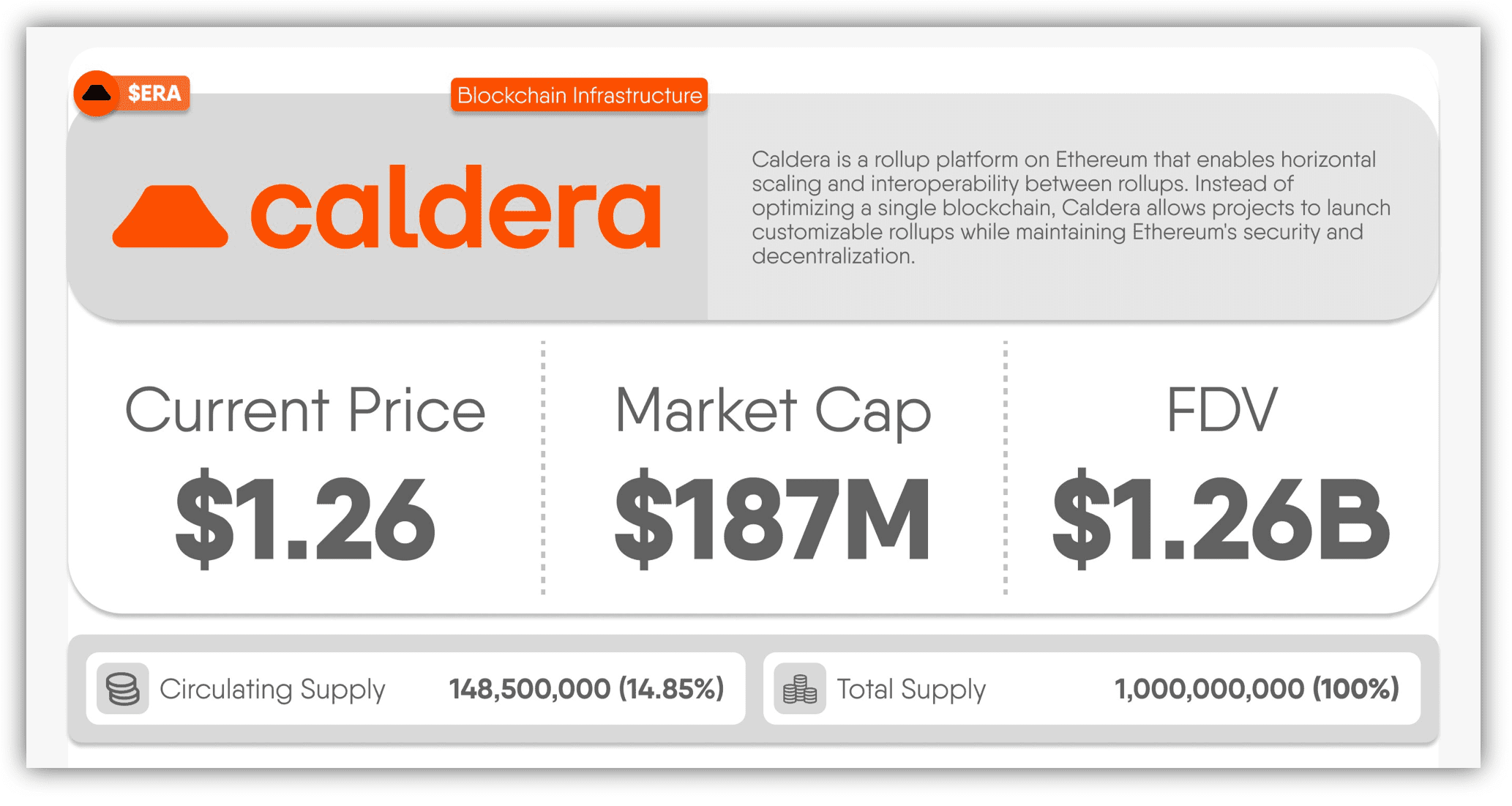Caldera was originally just a 'chain-building helper' — developers who wanted to create a Rollup chain could use its tools to deploy in no time, simply and directly. But now, it is no longer satisfied with being just a 'tool'; its ambitions have grown, aiming to create a foundational plan called Metalayer, with the goal of tying various Rollup chains together into a seamless cross-chain platform. This path is ambitious.
So what exactly does this Metalayer want to achieve? The core idea is to enable different chains to communicate smoothly with each other, relying specifically on three strategies:
- Intents Engine: Simplifying complex cross-chain operations. Previously, cross-chain actions had to be done step by step manually; now you just need to say 'what you want to do,' and the system will handle it automatically, saving you a lot of trouble.
- Hyperlane Protocol: Sending messages across chains is like 'express delivery,' with low latency and high speed, maximizing communication efficiency between different chains.
- Universal Gas: In the future, no matter which chain you operate on, you can use $ERA to pay for gas fees, with a unified charging standard. The cross-chain costs are clear, and you won't have to exchange various tokens anymore.

However, this field doesn't lack players. Conduit, Altlayer, Saga, and Celestia Rollkit are all eyeing this cake. Whether Caldera can break through the competition depends on whether Metalayer can truly solve the longstanding challenges of multi-chain interactions.
It claims that about 25% of Rollup projects in the Ethereum ecosystem are using its platform, such as Manta and Apechain, which have already launched on the mainnet. Metalayer aims to connect the liquidity of these chains, ensure smooth message communication, and unify gas fees, allowing them to work together and facilitate more cross-chain operations.
However, there are also many challenges: First, will this 'universal gas' be accepted by everyone? After all, it involves the interests of various parties, and unification isn't as simple as just saying it. Secondly, is Metalayer easy enough to use? How fast is the cross-chain speed, and how low is the latency? These factors directly determine whether people will buy into it.
Let's talk about the opportunities of $ERA.
Opportunity points:
If Metalayer succeeds, $ERA could become the 'hard currency' for cross-chain transactions, similar to the position of Cosmos' ATOM in multi-chain security; the demand side is definitely stable.
The current market value is about $1.2 billion. Considering its 'multi-chain interconnectivity' story and the backdrop of rising L2 markets, this valuation isn't outrageous.
The circulation volume was considerable right after the launch, and there is a 180-day unlocking period. The short-term price may fluctuate greatly, resembling a roller coaster.
In terms of price, since $ERA went live on Binance on July 18, 2025, it has been quite volatile: it started at $1.78, then dropped to $1, and now it generally hovers between $0.93 and $0.98, with a 24-hour trading volume approaching $300 million, indicating it's not cold.
From a technical perspective, it has been a period of consolidation recently. The support is at $0.9, while there is pressure at $1.05. Short-term players might find opportunities within this range, but they need to be aware of the risks.
Ultimately, the future of Caldera depends on whether Metalayer can be implemented as planned. It is scheduled to launch on the mainnet in August or September, and whether cross-chain interactions can start smoothly will directly determine if it can achieve the ambition of a 'Rollup internet.'
If Metalayer can really be effective, and $ERA becomes the core payment tool for cross-chain operations, then in the long term, the growth potential is indeed promising. Stay tuned for updates!